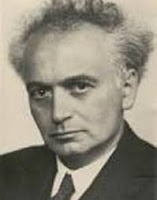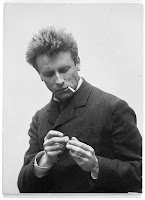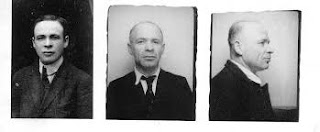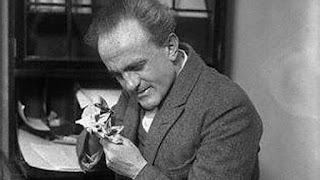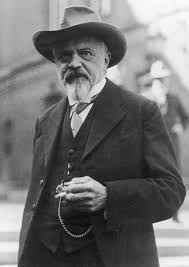Proust, memory, and death
In a famous passage, Proust not only comes back to the ground-breaking involuntary memories which paved the way for his entire narrative; remarkably, he connects them with death : “[M]y apprehensions on the subject of my death [ mes inquiétudes au sujet de ma mort ]”, the narrator says, “had ceased from the moment when I had unconsciously recognised [ reconnu inconsciemment ] the taste of the little madeleine because at that moment the being that I then had been was an extra-temporal being and in consequence indifferent to the vicissitudes of the future.” It seems as if what the narrator calls the ”unconscious recognition” of a past moment in the present for the first time in his life illumines death for the narrator. It does so by removing his worries or uncertainties ( inquiétudes ). Memory takes away uncertainty, both the uncertainty about “my death” and the “vicissitudes of the future”. My death will no longer belong to the vicissitudes of the future, because my death
